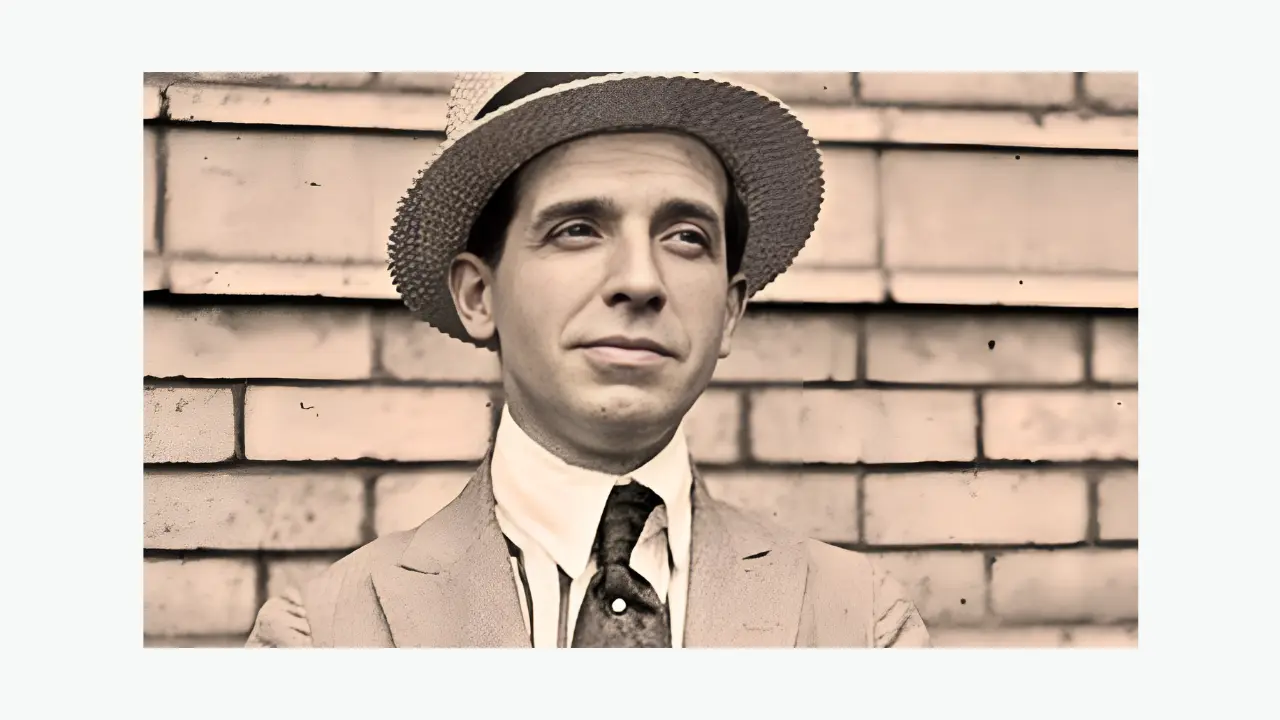March 3, 1882, saw Charles Ponzi born in Lugo, Emilia-Romagna. From a rich yet unhappy household, he praised Shortly later, he left La Sapienza University without a degree and squandered his money. Driven by tales of Italian success in the United States, he arrived in Boston on November 15, 1903, carrying $2.50. Ponzi worked as a dishwasher and server, picked English fast, and was let go for shorting clients.
Early Ponzi Scheme Slowness
Ponzi initially came into a Ponzi fraud at Banco Zarossi, where he learned the bank paid off current Ponzi schemes using fresh deposits at outrageous interest rates. Ponzi had to make do with what Zarossi pilfered from the bank. Allegatively writing a $424.58 fraudulent check, he was apprehended. He admitted with a theatrical “I’m guilty” and spent three years at St. Vincent-de- Paul Federal Penitentiary, tricking his mother with a letter professing to be a “special assistant” to a prison warden.
Charles Ponzi, after his release from prison, devised a scheme to launch a utilities firm while working as a nurse at a Boston mining site. Additionally, he attempted to help his colleague nurse, Pearl Gosid, by providing her with skin grafts, which resulted in health complications and cost him his job. In 1918, Ponzi married Rose Maria Gnecco, concealing his criminal past. Despite his efforts, his ventures, including working for his father-in-law’s store and an import-export company, ended in failure. His subsequent scheme, known as the Charles Ponzi Scheme, would later gain notoriety.
Rise and fall of Ponzi’s illusion
Charles Ponzi’s “Securities Exchange Company” drew large January 1920 investments with its high postal reply coupon returns. Ponzi made deposits to the Hanover Trust Bank and lived luxuriously; but, his scheme depended on fresh investors to support earlier ones. Skepticism and investigations turned up operationally based fraud. Inaccurate paperwork and unsustainable coupon claims by Ponzi begged problems that finally brought him down.
Panic and exposure bring catastrophe.
Based on The Boston Post, Ponzi’s dishonesty in July 1920 set off a panic run on his company. Investigations revealed Ponzi’s insolvency and false asset declarations notwithstanding his promises. William McMasters’ claims added to public and legal pressure Ponzi was under in early August. He aggressively spread and failed to save the scheme.
In his last years, Charles Ponzi lived in poverty and translated only seldom. Following a heart attack in 1941, he was weak; by 1948 he was virtually blind. One side became paralyzed after another brain hemorrhage. Ponzi died on January 18, 1949, in Rio de Janeiro’s São Francisco de Assis charitable hospital.
#InvestmentScams #CharlesPonzi #FinancialRegulation





